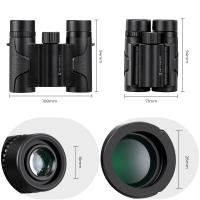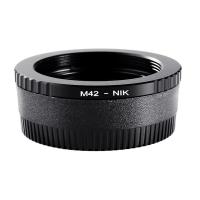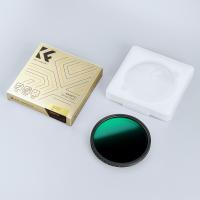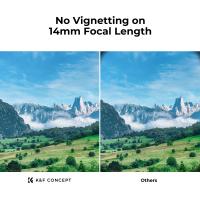How Is Magnification Calculated When Using A Microscope ?
Magnification in a microscope is calculated by multiplying the magnification of the objective lens by the magnification of the eyepiece lens.
1、 Total magnification: Multiply the magnification of the objective lens by the eyepiece.
When using a microscope, magnification is a crucial factor in observing and studying microscopic specimens. Magnification refers to the increase in apparent size of an object when viewed through a microscope compared to its actual size. It allows scientists and researchers to examine minute details that are otherwise invisible to the naked eye.
The calculation of magnification when using a microscope involves two main components: the objective lens and the eyepiece. The objective lens is located near the specimen and provides the primary magnification, while the eyepiece is positioned at the top of the microscope and further magnifies the image produced by the objective lens.
To calculate the total magnification, you simply multiply the magnification of the objective lens by the magnification of the eyepiece. For example, if the objective lens has a magnification of 40x and the eyepiece has a magnification of 10x, the total magnification would be 400x (40 x 10 = 400).
It is important to note that the magnification of the objective lens is typically engraved on the lens itself, while the magnification of the eyepiece is usually fixed and can vary between microscopes. Therefore, it is essential to check the specifications of the microscope or consult the manufacturer's instructions to determine the exact magnification of the eyepiece.
It is worth mentioning that the total magnification is not the only factor to consider when using a microscope. The resolution, or the ability to distinguish between two closely spaced objects, is also crucial. Higher magnification does not necessarily guarantee better resolution. In fact, increasing magnification without improving the resolution can result in a blurry or distorted image.
In conclusion, when using a microscope, the total magnification is calculated by multiplying the magnification of the objective lens by the magnification of the eyepiece. However, it is important to consider other factors such as resolution to ensure accurate and detailed observations of microscopic specimens.

2、 Objective lens magnification: Determined by the lens characteristics.
Magnification in a microscope is a measure of how much larger an object appears when viewed through the microscope compared to when viewed with the naked eye. It is an essential parameter in microscopy as it allows scientists and researchers to observe and study tiny structures and details that are otherwise invisible to the human eye.
The magnification of a microscope is determined by two factors: the magnification of the objective lens and the magnification of the eyepiece. The objective lens is the lens closest to the specimen, while the eyepiece is the lens through which the observer looks.
Objective lens magnification is determined by the lens characteristics, such as its focal length and design. The objective lens is responsible for gathering light from the specimen and forming a magnified image. It typically has multiple lenses arranged in a specific configuration to minimize aberrations and improve image quality. The magnification power of the objective lens is usually engraved on the lens barrel, indicating how many times larger the object will appear when viewed through that lens.
The total magnification of a microscope is calculated by multiplying the magnification of the objective lens by the magnification of the eyepiece. For example, if the objective lens has a magnification of 40x and the eyepiece has a magnification of 10x, the total magnification would be 400x.
It is important to note that the maximum achievable magnification of a microscope is limited by factors such as the numerical aperture of the objective lens, the wavelength of light used, and the resolving power of the microscope. Advancements in technology have allowed for the development of high-powered objective lenses and improved imaging techniques, enabling scientists to achieve higher magnifications and resolve finer details.
In recent years, there have been significant advancements in microscopy techniques, such as confocal microscopy, super-resolution microscopy, and electron microscopy, which have pushed the boundaries of magnification and resolution. These techniques have revolutionized the field of microscopy, allowing scientists to observe and study structures at the nanoscale level.
In conclusion, magnification in a microscope is calculated by multiplying the magnification of the objective lens by the magnification of the eyepiece. The magnification of the objective lens is determined by its characteristics, such as focal length and design. Advancements in microscopy techniques have expanded the possibilities of magnification, enabling scientists to explore the microscopic world in greater detail.

3、 Eyepiece magnification: Typically 10x, but can vary.
Magnification is a crucial aspect of microscopy as it determines the level of detail and resolution that can be observed. When using a microscope, magnification is calculated by multiplying the magnification of the eyepiece by the magnification of the objective lens.
The eyepiece, also known as the ocular lens, is typically set at a magnification of 10x, although this value can vary depending on the microscope. The eyepiece is the lens through which the observer looks to view the specimen. It further magnifies the image produced by the objective lens.
The objective lens is located near the specimen and is responsible for gathering light and forming the initial image. Microscopes usually have multiple objective lenses with different magnification powers, such as 4x, 10x, 40x, and 100x. The magnification of the objective lens is usually engraved on the lens itself.
To calculate the total magnification, the magnification of the eyepiece is multiplied by the magnification of the objective lens. For example, if the eyepiece magnification is 10x and the objective lens magnification is 40x, the total magnification would be 10x multiplied by 40x, resulting in a total magnification of 400x.
It is important to note that the total magnification is not the only factor that determines the level of detail observed. The resolving power of the microscope, which is the ability to distinguish between two closely spaced objects, also plays a significant role. The resolving power is influenced by factors such as the wavelength of light used and the numerical aperture of the objective lens.
In recent years, advancements in microscopy technology have led to the development of high-resolution techniques such as confocal microscopy, super-resolution microscopy, and electron microscopy. These techniques have pushed the boundaries of magnification and resolution, allowing scientists to observe structures and processes at the nanoscale.
In conclusion, magnification in microscopy is calculated by multiplying the magnification of the eyepiece by the magnification of the objective lens. The eyepiece typically has a magnification of 10x, while the objective lens can vary depending on the microscope. However, it is important to consider other factors such as resolving power to fully understand the level of detail that can be observed.
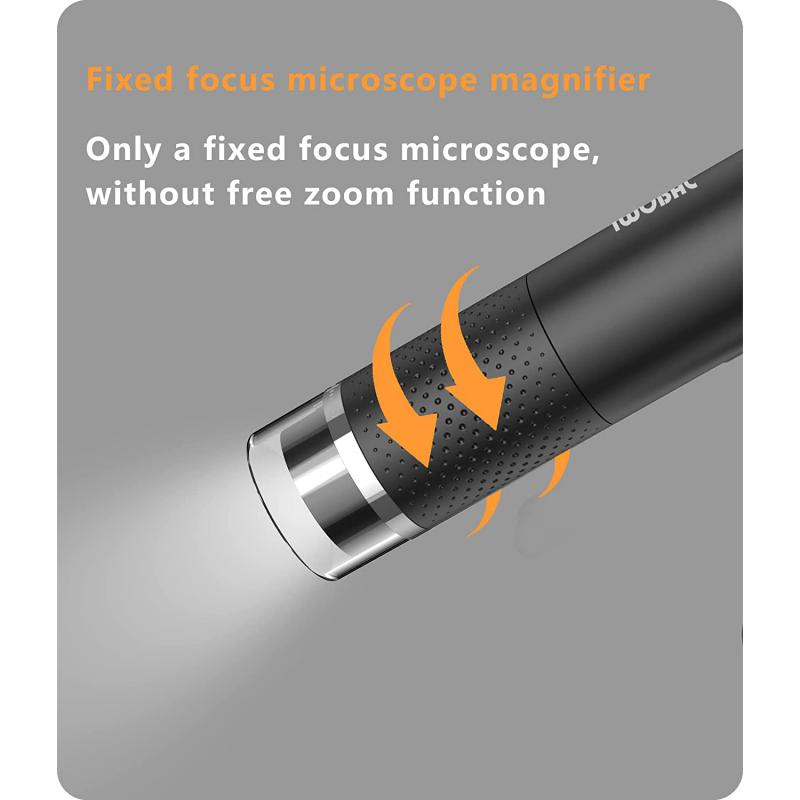
4、 Numerical aperture: Determines the resolving power of the objective lens.
When using a microscope, magnification is calculated by multiplying the magnification of the objective lens with the magnification of the eyepiece. The objective lens is responsible for gathering light and forming the initial image, while the eyepiece further magnifies this image for the viewer. The total magnification is the product of these two magnifications.
However, it is important to note that magnification alone does not determine the quality of the image. The resolving power of a microscope, which refers to its ability to distinguish between two closely spaced objects, is also crucial. This resolving power is determined by the numerical aperture (NA) of the objective lens.
The numerical aperture is a measure of the lens's ability to gather light and resolve fine details. It is calculated using the formula NA = n * sin(θ), where n is the refractive index of the medium between the lens and the specimen, and θ is the half-angle of the cone of light entering the lens.
A higher numerical aperture results in a greater resolving power, allowing for the visualization of smaller details. This is because a larger numerical aperture allows more light to enter the lens, resulting in a smaller diffraction limit and improved resolution.
In recent years, advancements in microscope technology have led to the development of high numerical aperture lenses, such as oil immersion lenses, which can achieve even higher magnification and resolution. Additionally, techniques like confocal microscopy and super-resolution microscopy have pushed the boundaries of resolution, enabling scientists to observe structures at the nanoscale.
In conclusion, while magnification is calculated by multiplying the magnification of the objective lens with the eyepiece, the resolving power of the objective lens, determined by its numerical aperture, is equally important in determining the quality of the image produced by a microscope.

































